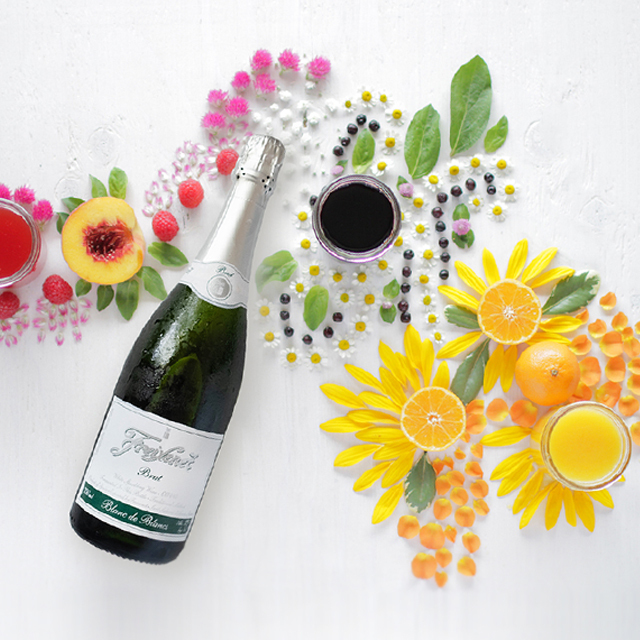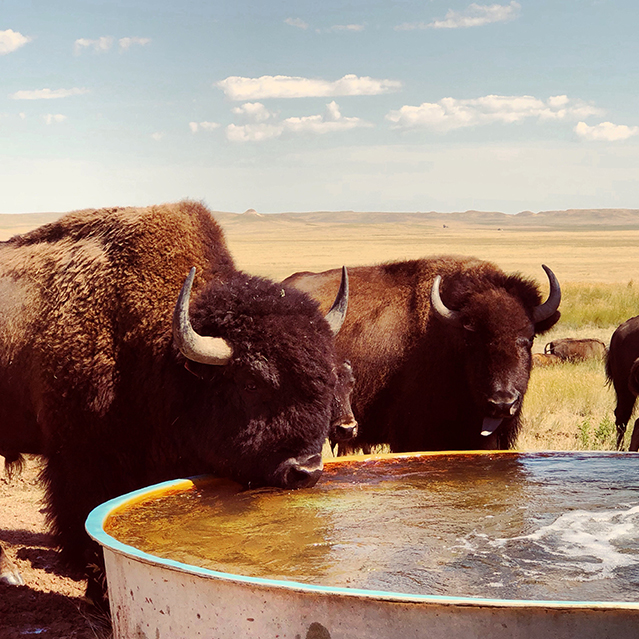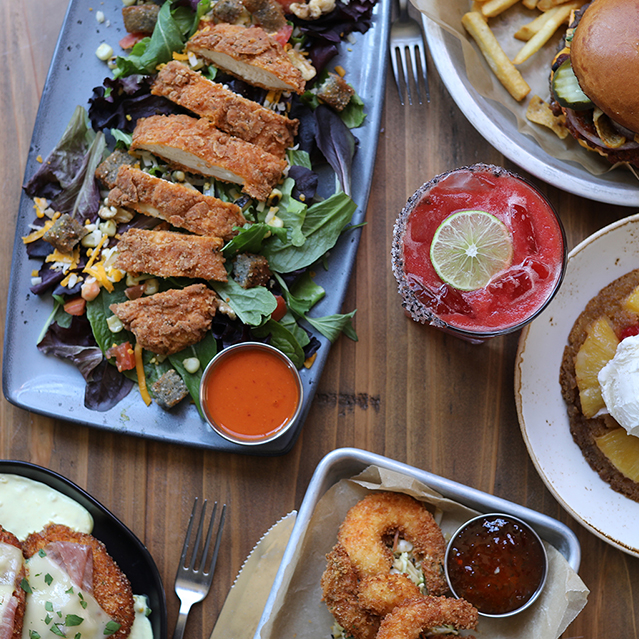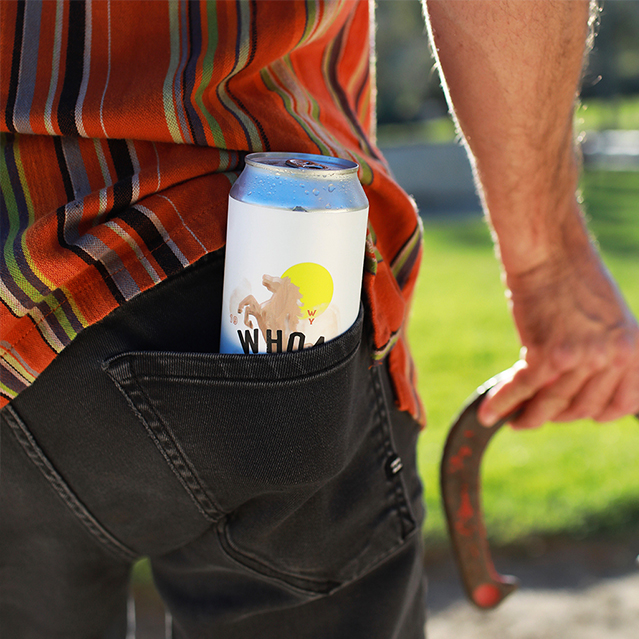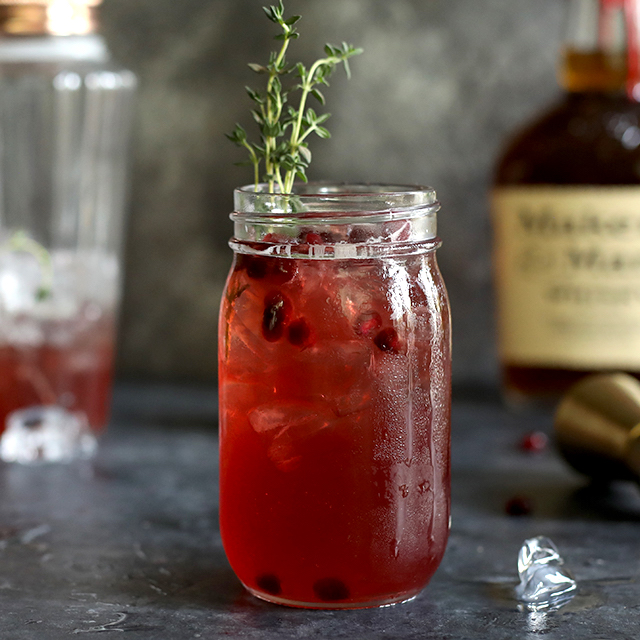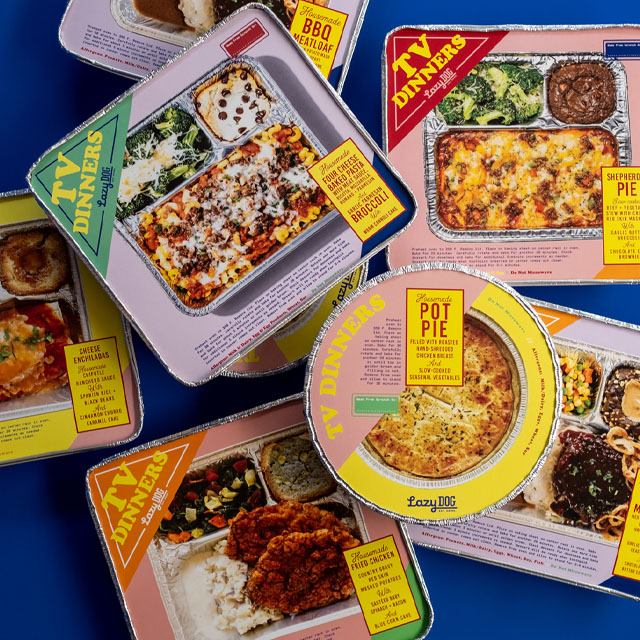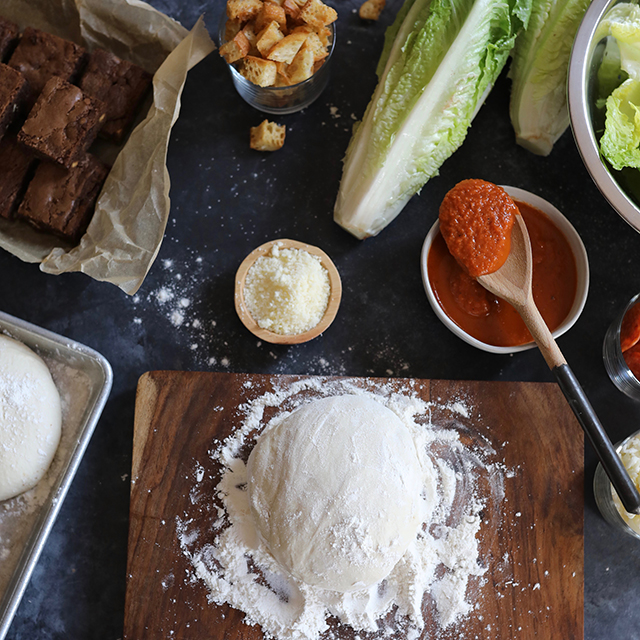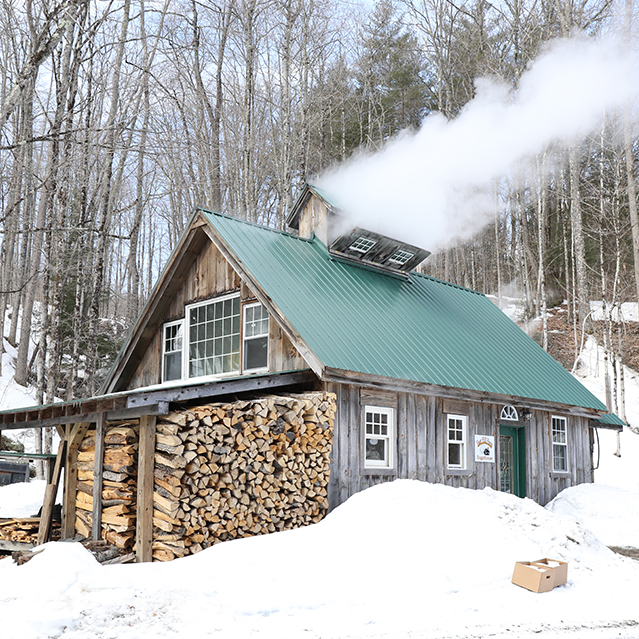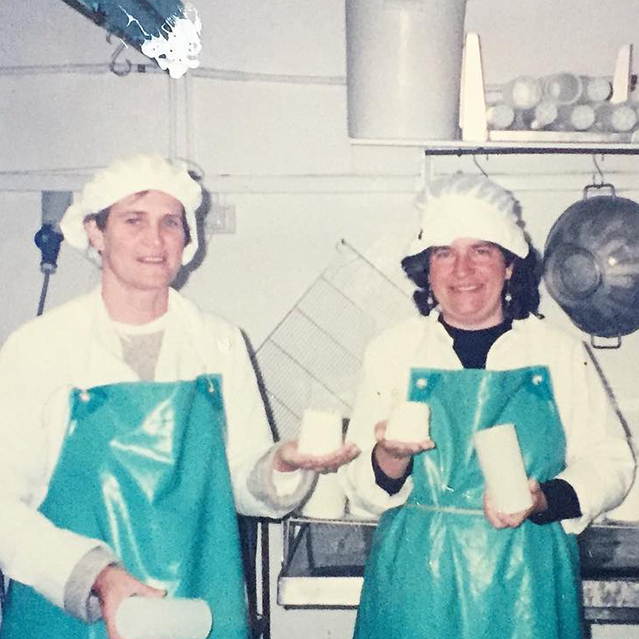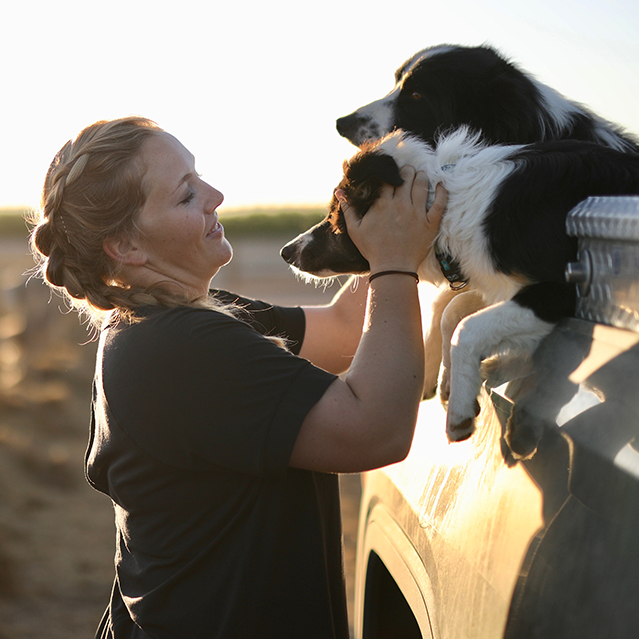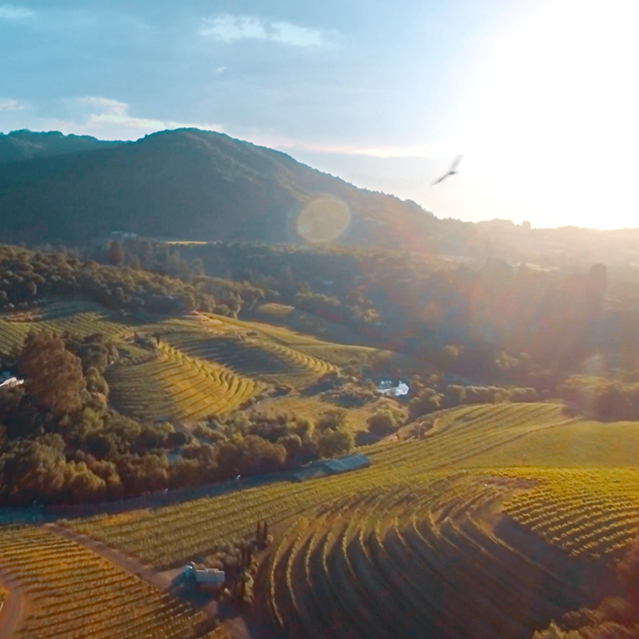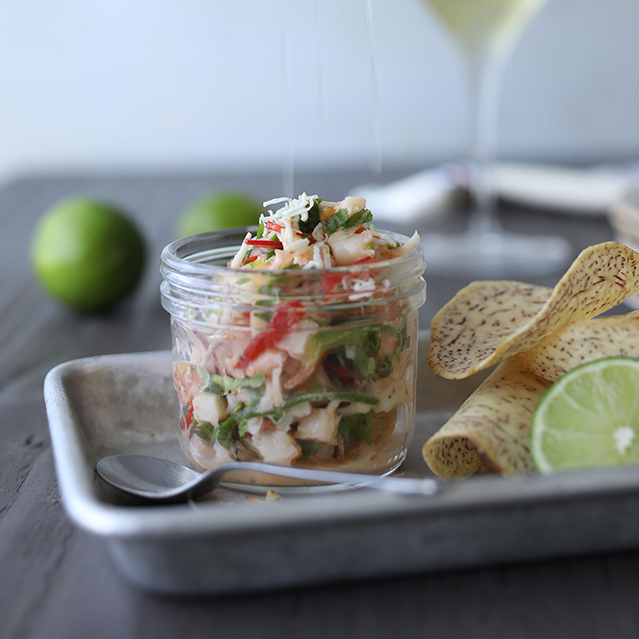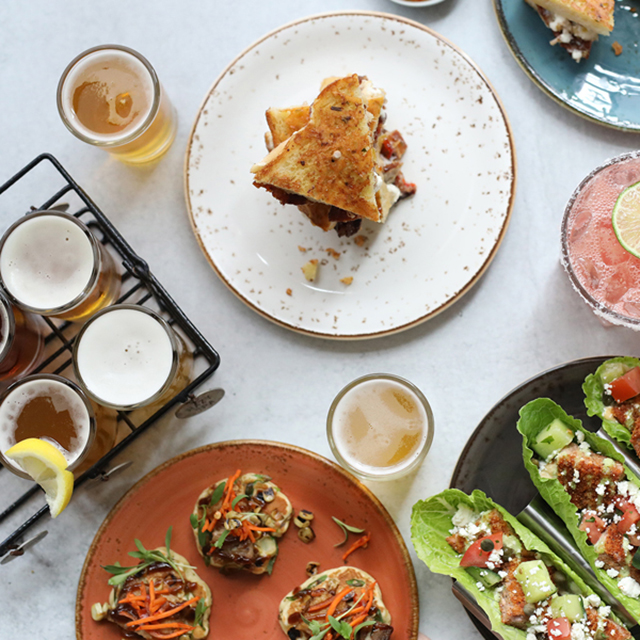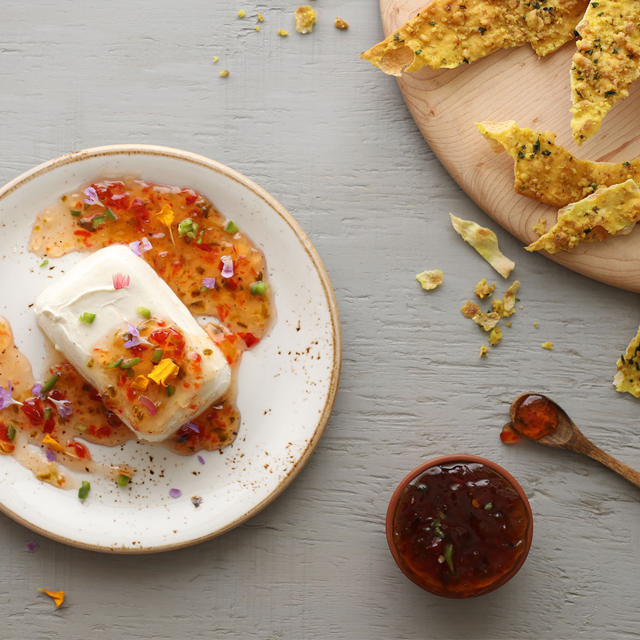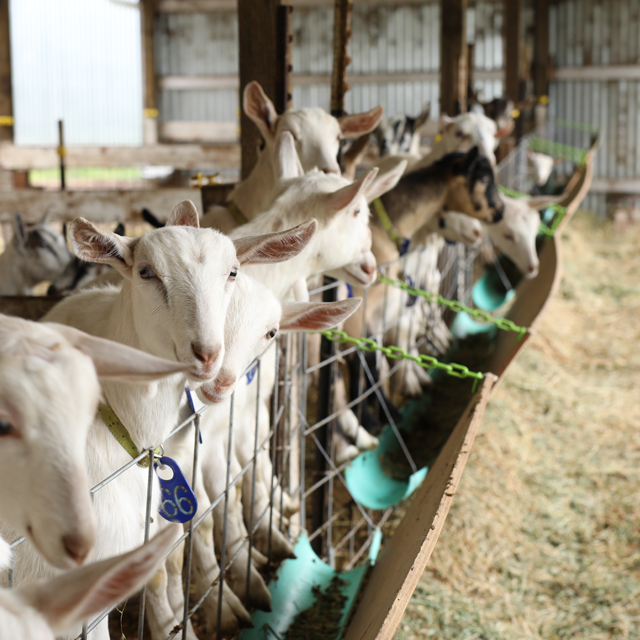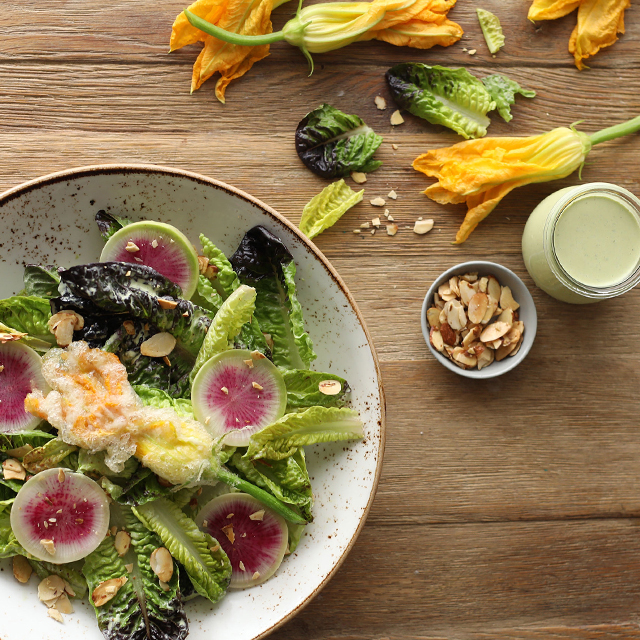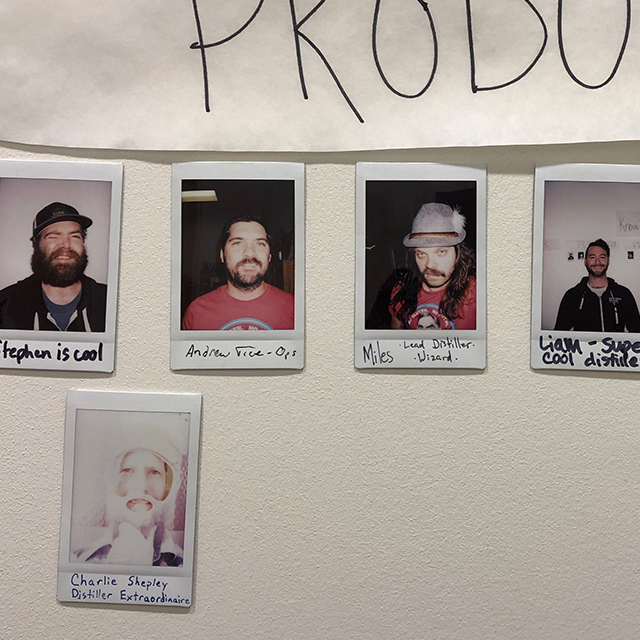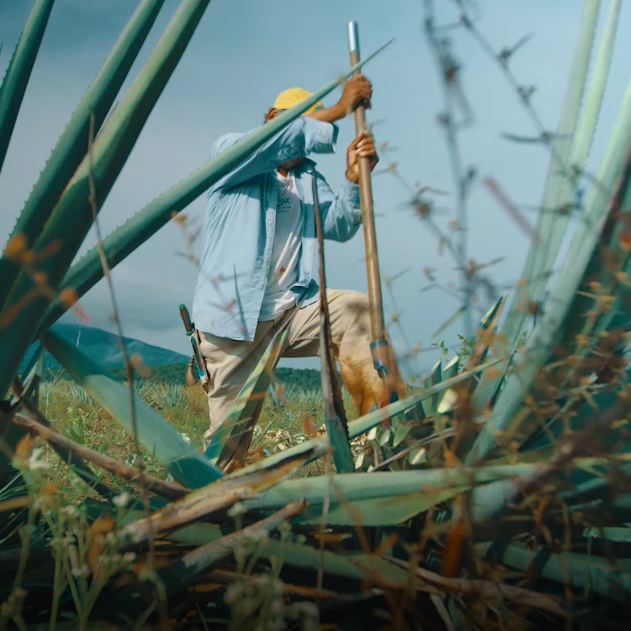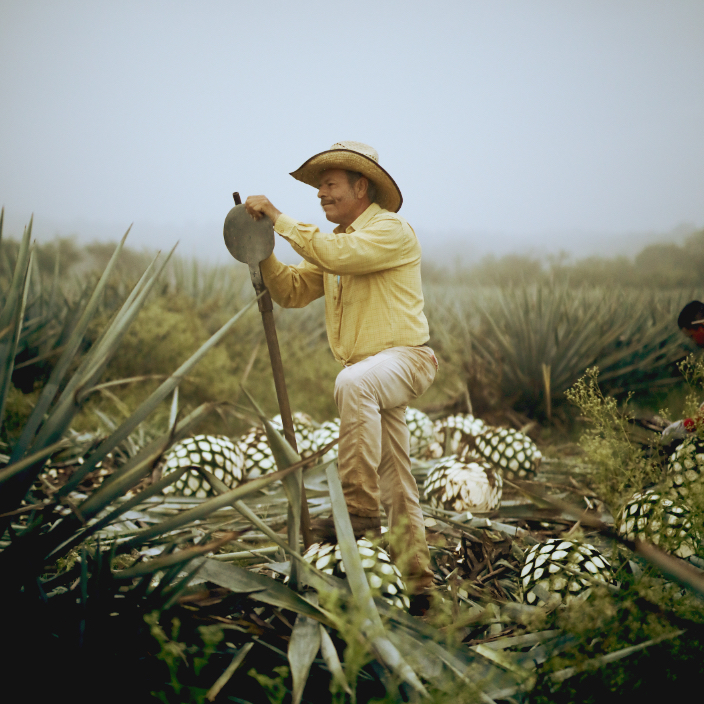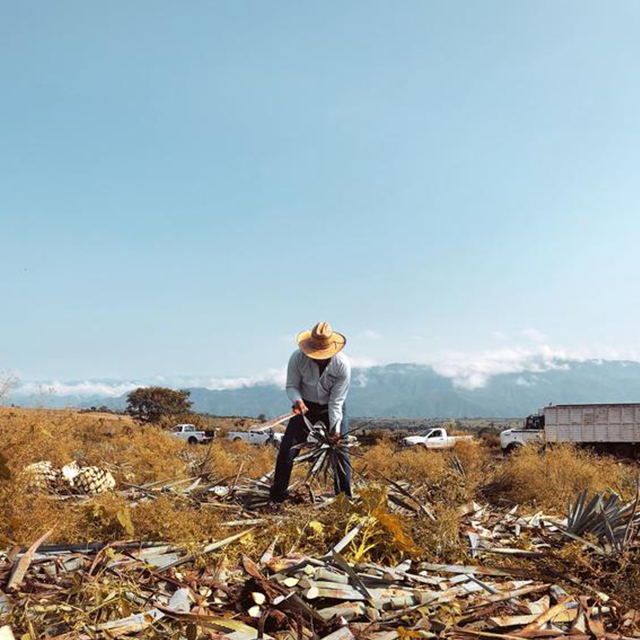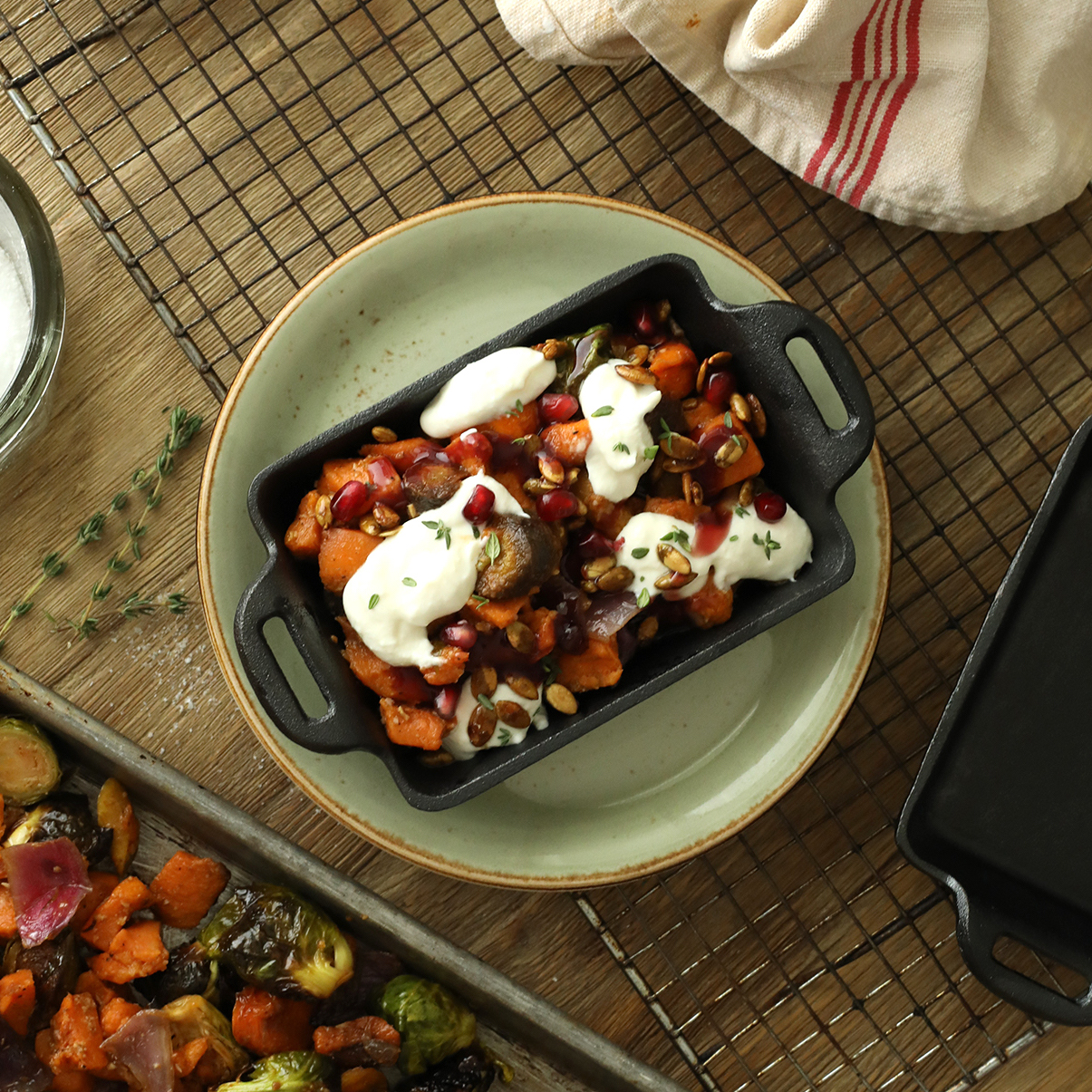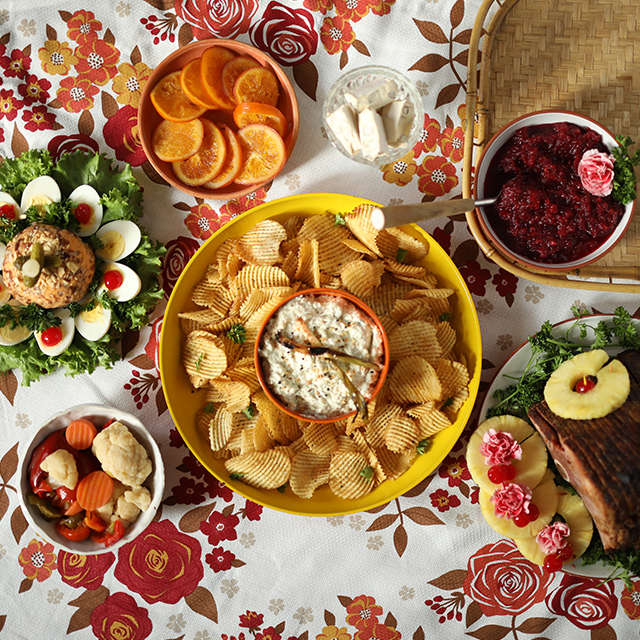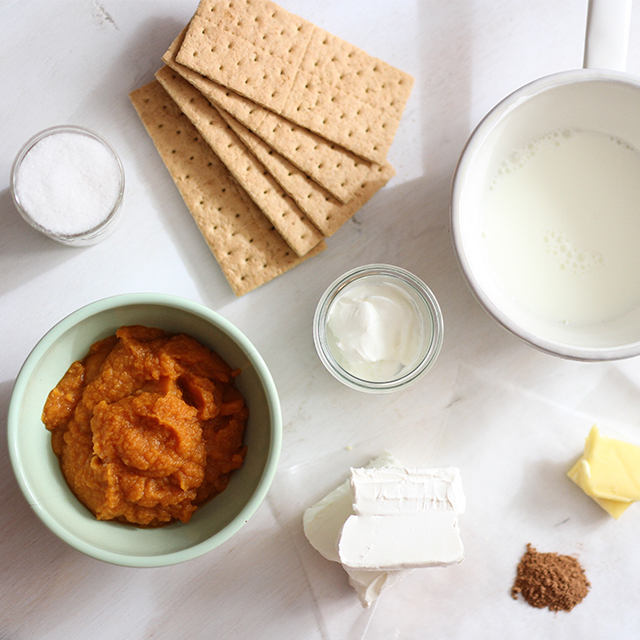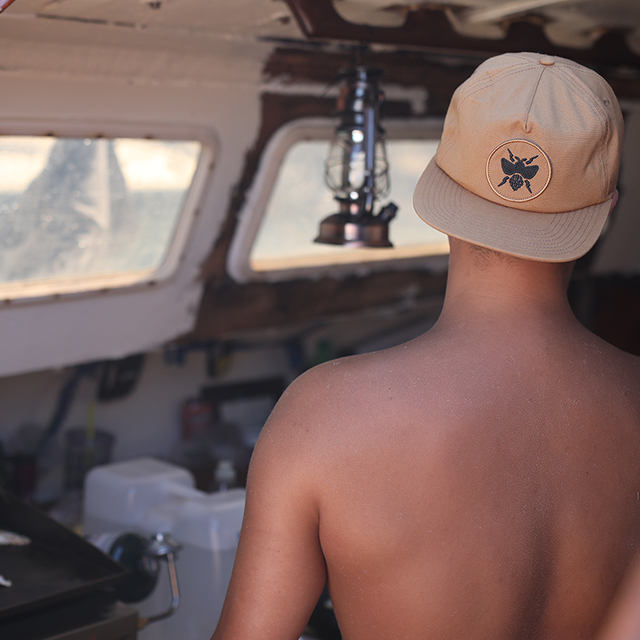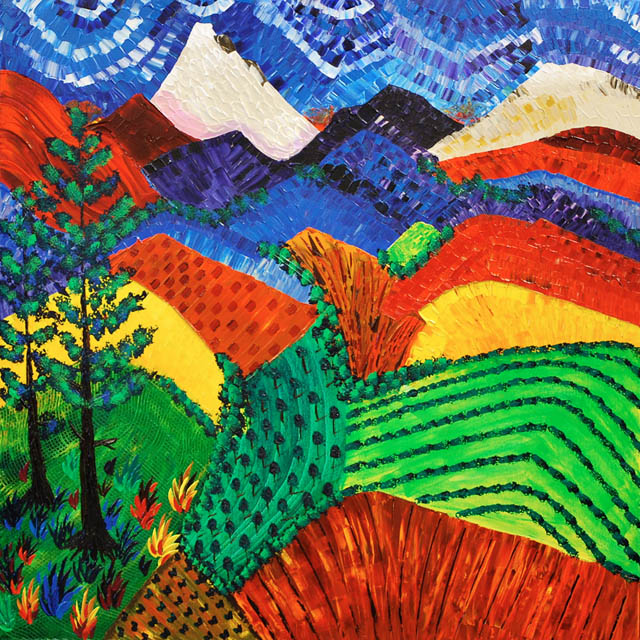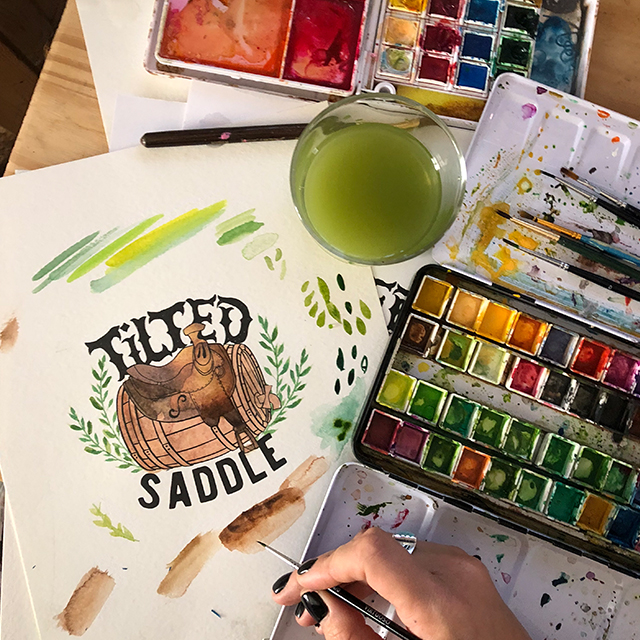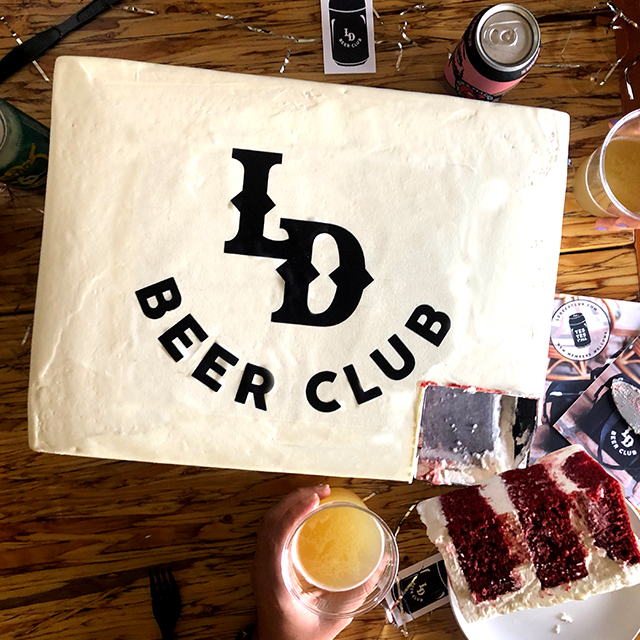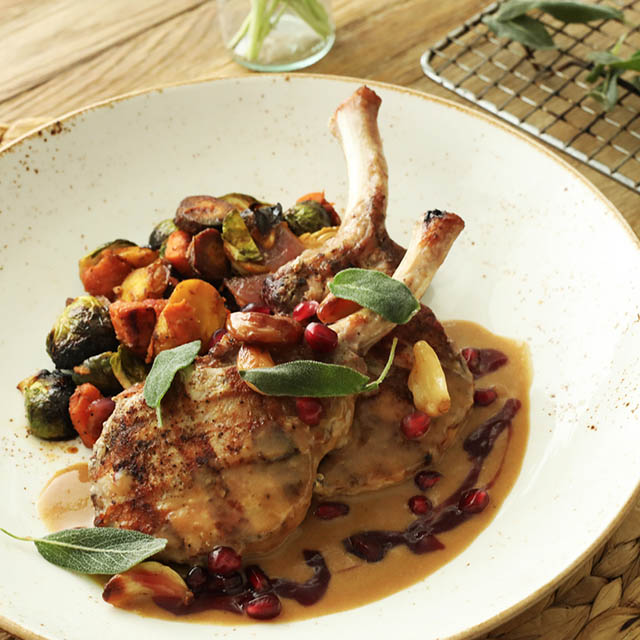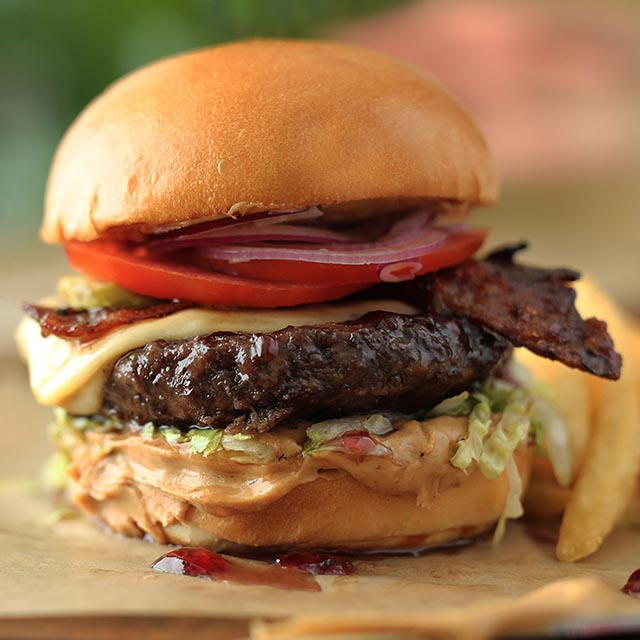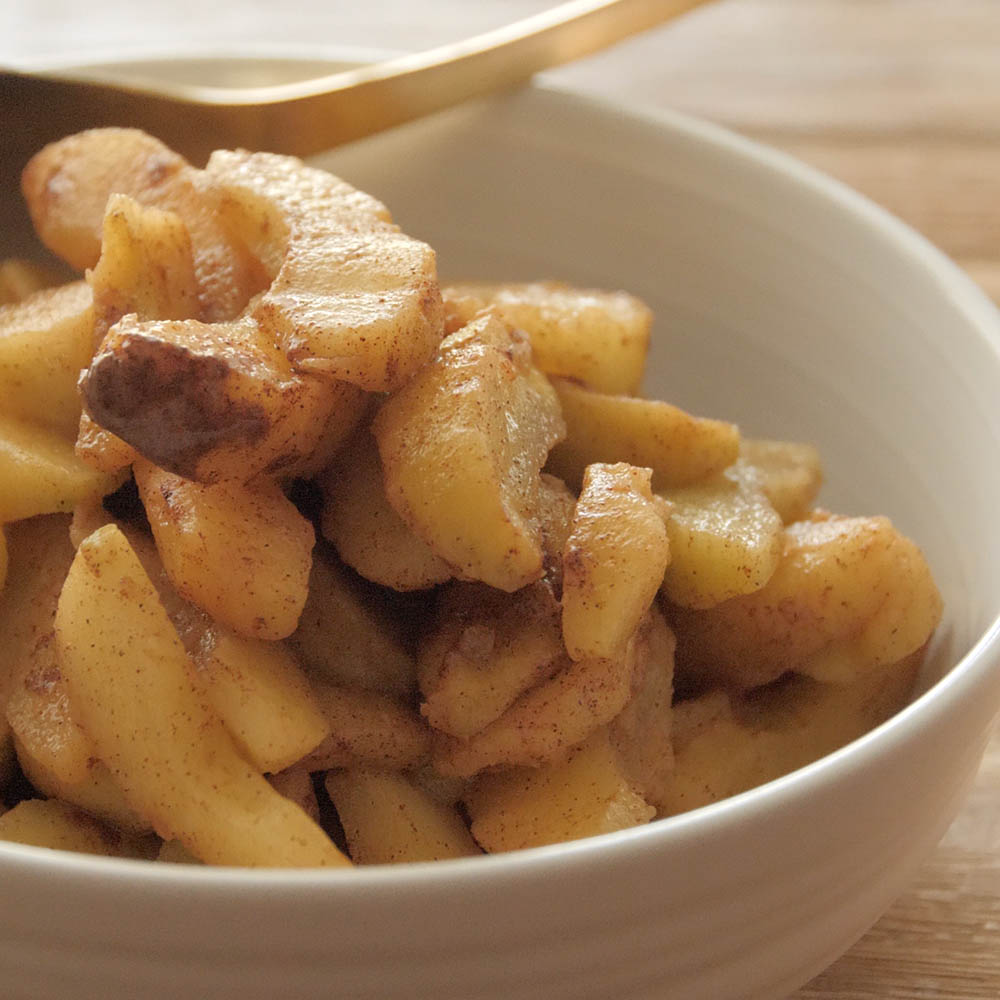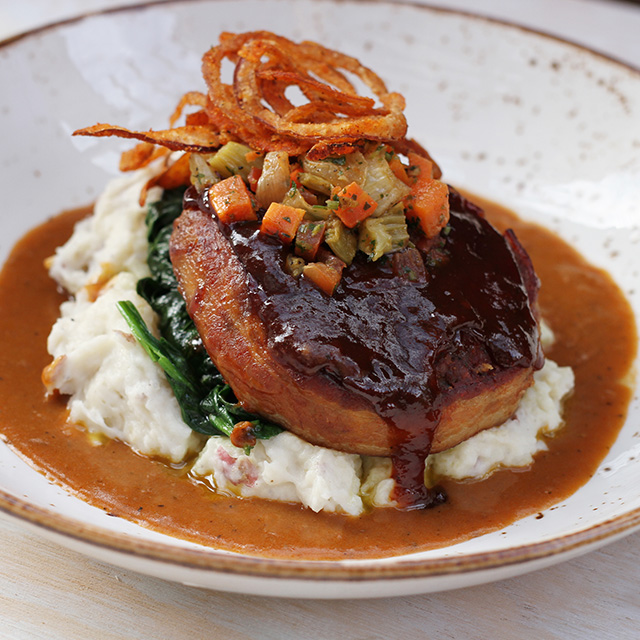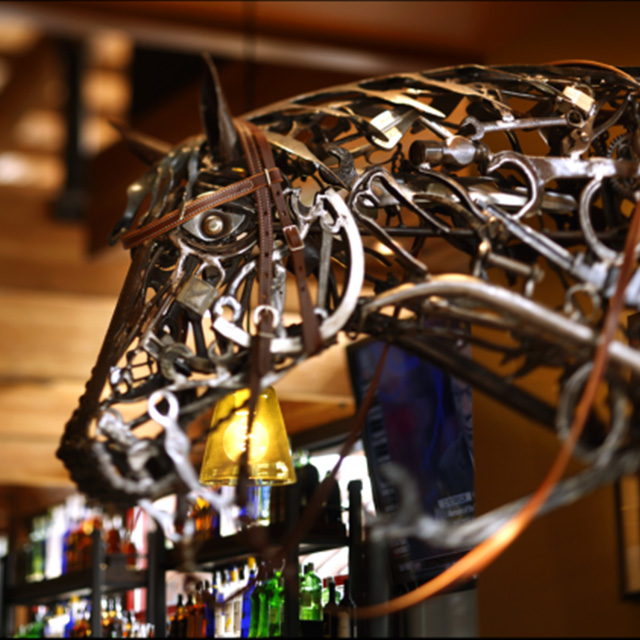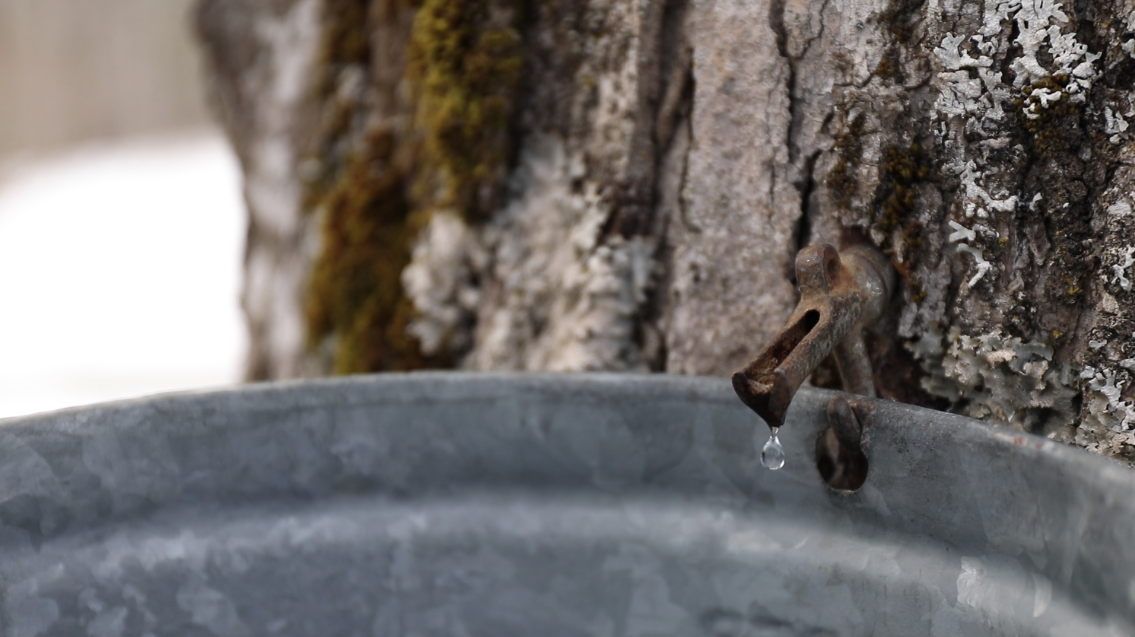
A Walk in the Woods
There are a couple things you need to know about New England: First, it can get really, really cold this time of year (shocking, we know!); second, many folks around these parts have long, deep roots — one of many reasons they feel a kinship with their maple trees; and numero three, people here love to talk, telling tall tales peppered with teasing words and the occasional salty comment, but fueled by love and a sense of community.
These three things — cold, community and communing with nature — are at the heart of the maple syrup gathering process, which might be why Arnold Coombs’ family has been tapping trees for 150 years. Recently, we had the opportunity to follow the 7th-generation sugarmarker into the woods, have him walk us through the snow and explain the process — and then take us back to his cousin Ted’s sugarhouse to transform sap into syrup alongside the best friends he’s been working with since he was just a kid.
Getting a firsthand tutorial from a master at his craft, someone who has literally been doing this his entire life, is an amazing experience. Which is why we wanted to give you a chance to feel like you’ve also strapped on some snow boots and are tapping a tree while the buckets go drip-drip-drip in a symphony of syrup as Arnold nods in approval. Read on for step-by-step instructions in his own words — and if they don’t leave you hankerin’ for a big plate of gooey pancakes, nothing will.

WHEN TO TAP:
If you want to make some maple syrup, the first thing you need to do is find a good sugar maple tree. Sugar maple gives you the best sap — you can get sap from other trees, but it won’t give you as good a syrup. Sap runs about a total of 20 days, anytime from late February through mid-April. It is all dependent on weather. We need freezing nights and warm days to get the sap to flow.
IDENTIFYING THE TREE:
What you’re looking for is a sugar maple (Acer saccharum) tree that is at least 12 inches in diameter, with a shaggy bark. Since tapping takes place mid-winter, there will be no leaves to identify the tree, so we look at the bark. As sugar maple trees mature, the bark will deepen to a dark grey, characterized by vertical grooves that are closely spaced.

TAP THE TREE:
To make syrup, we need to get the sap out of the maple tree. The sap comes up from the root — a lot of people think it comes down from the top towards the ground, but that’s not correct.
What happens is that the roots of the tree store starch over the winter. That starch gets converted into sugars, which is the food for the maple tree. That helps generate new growth — it goes up the tree and makes the buds that will turn into leaves. So the sap is going through, like water, and we’re just gonna take a little bit out. There are literally thousands of gallons going up through a tree over the course of a year, and we’re taking 10 gallons. So, it doesn’t hurt the tree.
Look for a big root, and tap above it. Find a healthy spot about waist high, then drill a 5/16th diameter hole, 1 1/2” into the tree at a slight upward angle, about the size of a pinkie finger. If your tree has a tap from a previous year, don’t tap above or beneath it — instead, try to go to the side of it.
INSERT THE SPOUT:
When you see the sap coming out of the tree, take a metal spout with a hook and then put it in the hole and lightly tap it with a hammer — good and snug, not too far in. The sap will dam up behind that spout, then start pouring out.

HANG THE BUCKET:
Hang a clean container with a lid to catch the sap as it runs out — if you have a milk jug, that works too, but make sure you put a cover on it. Typically, on a good day, you can fill up a four-gallon bucket.
When you have a freezing night followed by a warm day, the sap will run. It's important to collect sap daily and keep it cold to prevent spoiling. Also, it is best to boil that sap as soon as possible.

BOIL THE SAP:
If you don’t have a sugarhouse handy, you can boil the sap on your kitchen stove. Get a big, clean pot and start boiling! But beware: You’ll likely get moisture everywhere and there will be sticky water all over the walls. It can get messy. That’s why we usually bring it to the sugarhouse — well, that and the fact that everybody is hanging out in there.
When you get your sap to a nice, rolling boil just keep adding more. It takes an average of 40 gallons of sap to make one gallon of syrup. Sap has 2 percent sugar and syrup is 66.5 percent sugar.
The sap must reach 219°F before being drawn off. Now it’s ready for filtering.
FILTER THE SYRUP:
The boiling process produces small particles we call sugar sand, so we’ll need to put our maple syrup through a filtering process to remove them. This allows you to produce crystal clear liquid.
To filter the sap, you’ll need a glass jar and clean, wet white felt or a paper filter. Place your filter over the jar, then pour the syrup through it. Once filled, seal the jar and make sure to tip it on its side until the syrup is cooled. Don’t be concerned if it’s runny at first. When it cools down, its consistency will more closely resemble the syrup we all know and love.
Sealed jars can be stored at room temperature, but once opened, make sure you refrigerate your syrup. Now, go make some pancakes and get ready for a sweet treat!
Thanks to Arnold and everybody at Coombs Family Farms for their amazing hospitality! It’s a trip we won’t soon forget — and try as we might, tapping palm trees in California just isn’t the same. Of course, if you want a taste of Vermont’s pride and joy, swing by Lazy Dog and dig into a Coombs-fueled Maple Bacon Bar. While we can’t promise that our next menu will contain Sugar on Snow (real Vermont snow can be hard to find at certain locations, go figure!), that doesn’t mean we’ll ever forget how yummy it was.
-
Words by Larry Carroll
Graphics: Archel Arindaeng
Questions? Comments? Email: [email protected]
